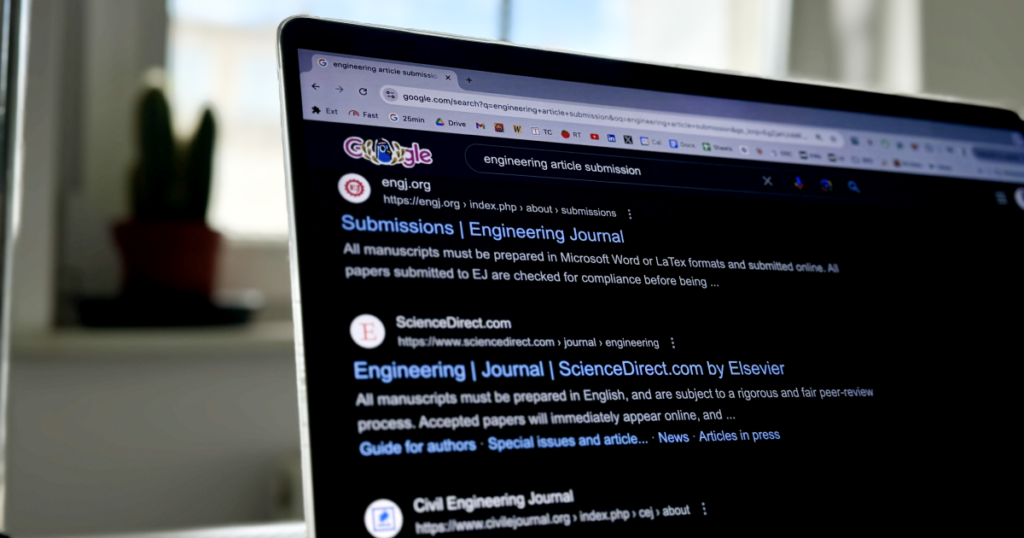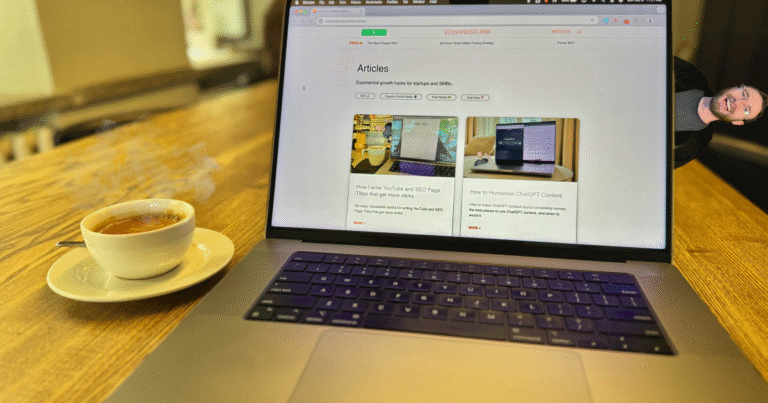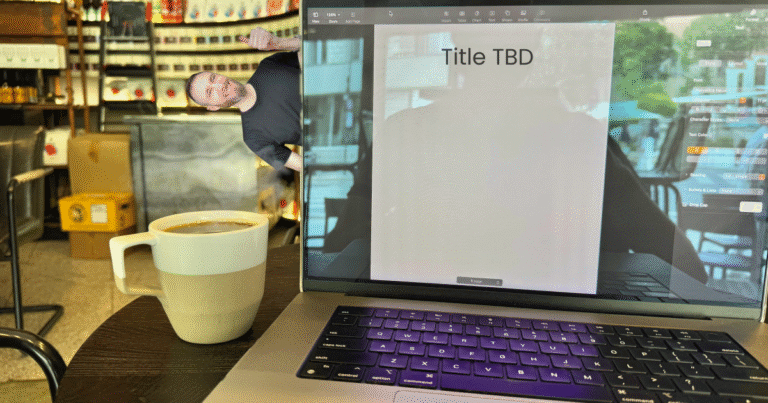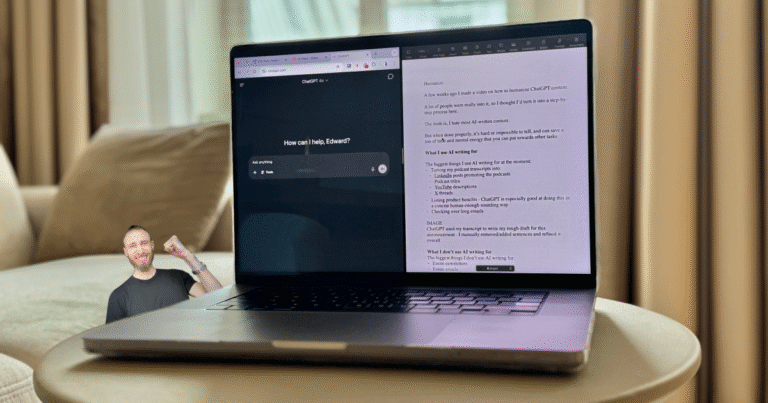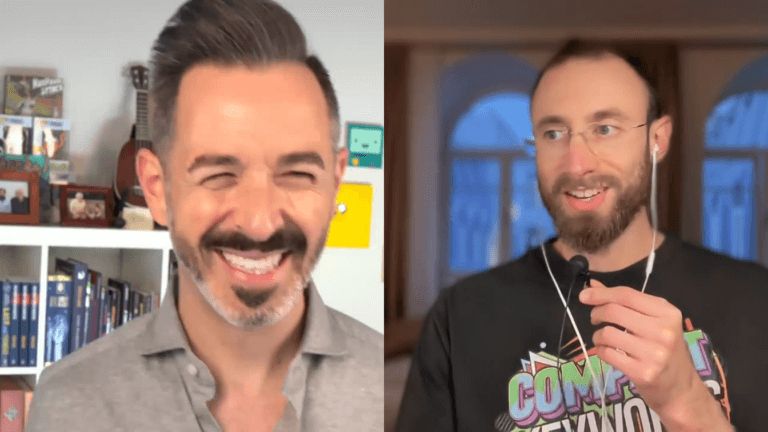This is one of my favorite not-against-the-rules (mostly) ideas that I’ve had.
This was my predicament:
- I had a website in a niche for a web app.
- The website had – still has – decent SEO domain authority (~30/100).
- Domain authority is simply a 1/100 score for how able a website is to rank on Google for its desired keywords. I have a deeper explanation on Domain Authority here.
- The website’s brand was not well-known enough in the niche.
So here’s one of the things that I did – and I love this and will be doing it again.
- In almost every niche, there are professionals with pre-existing networks who want to guest write for relevant blogs.
- They want this because:
- They can share their guest articles on social media to flex and elevate their authority as a thought leader.
- Writing a post on LinkedIn Pulse isn’t as cool as writing an article for an industry blog.
- This makes them more Googleable.
- They don’t know how to check traffic scores and perceive any industry blog they come across as trafficked enough to be worth it.
- They can share their guest articles on social media to flex and elevate their authority as a thought leader.
- They want this because:
- These professionals typically Google something like “[industry name] article submission.”
- Examples:
- Engineering article submission.
- Architecture article submission
- Economics article submission
- Psychology article submission
- Or more specific:
- Biomedical engineering article submission
- Pedagogy article submission
- Fintech article submission
- Examples:
- Each of those is a keyword. Each of those are things people search on Google.
- Anyway, I ranked high for one of the more broad article submission terms.
- I found my keyword “[my niche] article submission.”
- I put it in the URL slug (/[insert industry]-article-submission).
- In the Page Title.
- I wrote an appropriate Meta Description where I lied about how much traffic the blog had. I said “Get read by thousands of [your niche] professionals, industry leaders, etc.”
- The H1 was the keyword, “[My Niche] + Article Submission.”
- I wrote relevant details on the page as well as submission guidelines. Total word count was (still is) 562 words.
- I put a call to action at the top of the page which took the visitor to a form at the bottom.
- I used a heading image I grabbed from Unsplash/Pexels/etc. for free.
- I submitted the page to Google Search Console.
- That’s it! I track all my keywords through Moz, though there’s tons of great SEO tools out there. According to my historical data (this was years ago), it took 8 weeks after publishing to rank on the first page of Google. I didn’t drive any backlinks to the specific page. We just published more articles, bottom of funnel SEO landing pages, and worked on improving the web app.
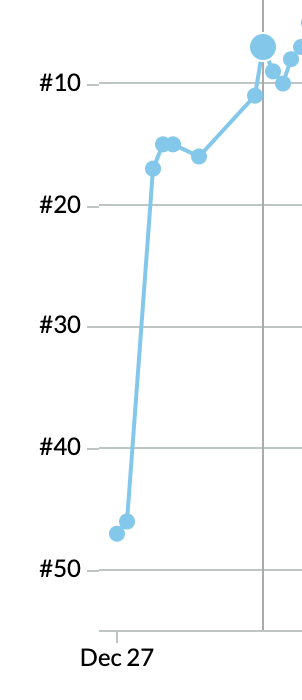
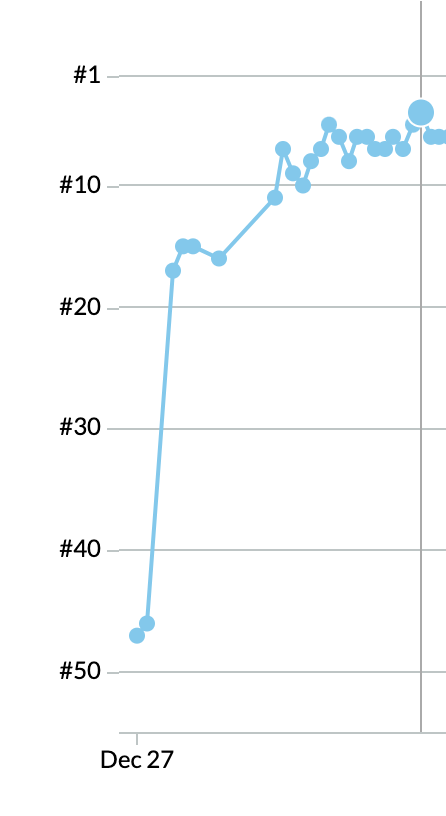
Oh there was one more thing.
- Again, this was years ago and I didn’t have experience with outsourcing or even knowledge of how inexpensive it would have been to outsource a qualified SEO editor. So… I was editing everything myself.
- But – no professional was going to take this seriously if the owner of the site was also editor of the guest blog (people were checking on LinkedIn). A serious publication has multiple writers and editors. So what did I do?
- I made a fake editor!
- I created a fake editor with a fake name and fake profile photo. I used Photoshop to warp the face of somebody in the background of a photo I was in. The warped face was grainy (the photo was from a dark bar), but it looked like a real face (nothing like the original). I gave the editor a Twitter profile so if you Googled her she would appear plausibly real (people actually added her on Twitter).
And it worked!
- Actual notable professionals in our niche came across this page via Google and submitted guest articles.
- They communicated with me (via the fake editor).
- They often checked out the web app and some found it useful enough to become users and share with their networks.
- They shared their articles on LinkedIn, boosting their authority and our exposure.
- I even had the stroke of genius to make templated images of them with a quote of theirs, our logo, and their face – to make sharing very easy. The background of the image would be another of these free stock photos from Unsplash/Pexels. It looked good and guest writers would share.
- Oh, and writers sometimes had their own personal websites, so they would link to us and give us backlinks, further upping our Domain Authority.
The one problem
- The one problem was that while we received a lot of good stuff, we also received a lot of junk.
- Poorly written content.
- Unoriginal content.
- Straight up plagiarized content (you can check with Copyscape).
- Content the author had used elsewhere (again you can check with Copyscape).
- So it was a time suck for me.
How I handled this
- I edited everything myself. It was a lot. A lot.
- The good stuff we featured in our main Featured section.
- The bad stuff we hid with a click or two deeper into the site. We branded this section “Columns” so it sounded cool. This way organic readers (we actually got organic recurring readers) wouldn’t see the bad stuff, but professionals could still share they were mentioned in our blog and share/backlink to us.
Will I do this again?
Totally!
Once Compact Keywords releases – my SEO product which I’ve been working on for the last couple of months – I’ll start this strategy up again.
Except this time I know better. I will get a real editor. Not a fake editor made up by me. A real one.
But everything else I shared in my previous strategy, I will keep. Though maybe I’ll do a custom heading image with MidJourney, TBD.
Anyway, I love this strategy. It’s a fun one that can be used for pretty much any niche.
And it elevates brand, top-of-mind awareness, and SEO Domain Authority.

